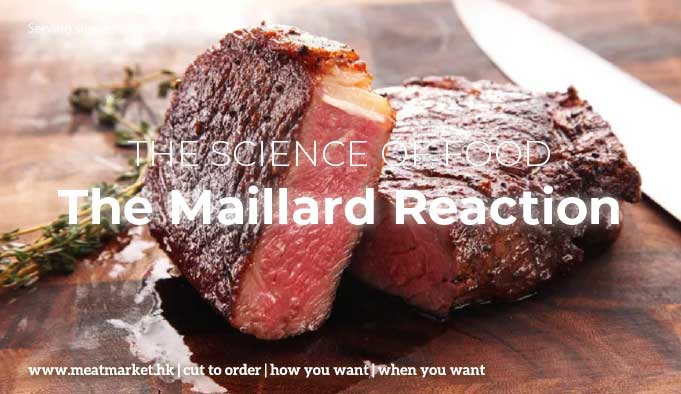
The Science of Food – The Maillard Reaction
Date: July 2023
Author: Laura Dodwell-Groves
Even if you haven’t heard of it, you know what it is and the yumminess it creates.
Pork crackling, seared steaks, fried onions, roasting coffee, fried dumplings, baking bread – all have undergone the Maillard reaction. It is a chemical reaction between amino acids and reducing sugars that gives browned foods their distinctive and mouthwatering flavours.
Caramelization is a different process, though it can appear similar and equally yummy, and can occur at the same time as the Maillard reaction. Caramelization involves sugars but not the interaction of amino acids.
What are amino acids? They are organic compounds found in nature of which there are over 500. The first one was identified in 1806 in asparagus and the French chemists named it asparagine, which is helpful, even if lacking in a bit of creativity.
Different amino acids are part of what creates different aromas, hence making things like popcorn and seared beef smell distinct when cooking. The reaction can happen at room temperature, but the optimal temperature is 140-165C.
Not all products of the Maillard reaction are good, with acrylamide created at higher temperatures (burnt) having been seen to have carcinogenic effects. Science is only just beginning to understand the myriad effects and processes underway in all the different reactions, and the good seems to outweigh the bad on balance.
The Maillard reaction does reduce the amount of energy and protein left in the food, but if that means I have to eat more of a beautiful, seared ribeye or sizzling bacon, I won’t be complaining anytime soon.

